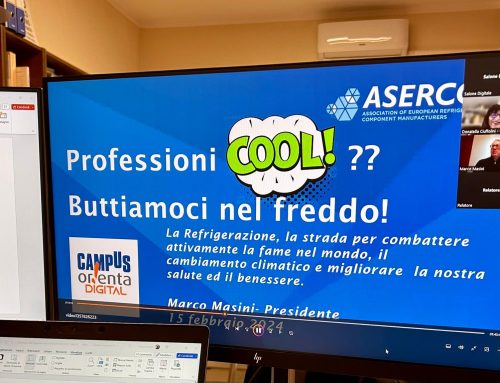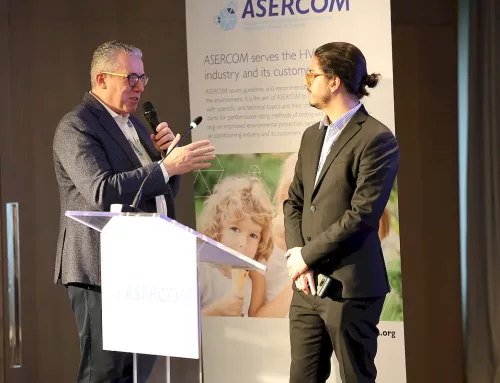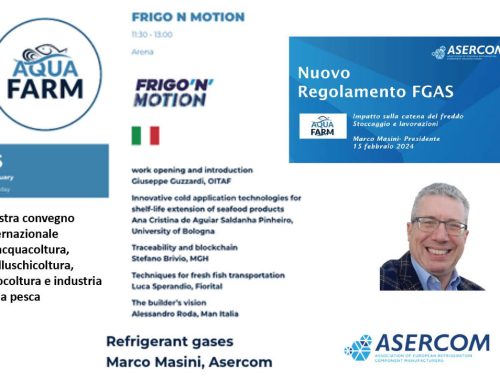“A Threat to the Economy and Climate Protection”
“It is very important to collect contractors position in each member state” – says Dr. Marco Masini, president of ASERCOM. “These voices, coming from people and workers in the field, together with manufacturer’s voices, are creating the background for an acknowledged position from EU to face the challenging demand of the sustainability policies to keep Europe a leader in the sector”.
The main points are relevant to the increase in expenses to equipment owner. “The majority of the hundreds of thousands of existing systems use HFC refrigerants, and in most cases these cannot be technically converted to natural refrigerants. Investment plans were adjusted to the long-term availability of F-gases according to the requirements of the existent F-Gases Regulation”.
They also raise the point about additional design and burocratic burden, service issues. The massive quota reduction would also jeopardize the continuity in fundamental services running big mandatory services like hospitals, data centers, and new sustainable options like hydrogen industry.
Along with what it’s previously stated from ASERCOM, VDKF states that the big drop in available fgas quota would also put at risk the RePowerEU plan for achieving a massive emission reduction with the installation of 30M+ heat pump, increasing the refrigerant illegal trade. An increase of inspections on systems with flammable refrigerants for safety reason is hardly expected, and this could create additional risks. The association i salso raising the point about the shortage of skilled technicians, representing a major problem, such as what VDKF calls an “unacceptable liability” to be taken over for plant construction; “although many components are now available for flammable refrigerants, liability for their use is rejected by the manufacturers and must be borne by the plant constructor by signing socalled declarations of non-liability – an incalculable economic risk for craft businesses should an accident occur”.
On top of it, they also issued an “homemade” research about the leakage monitoring system LEC. VDKF is monitoring about 220.000 refrigeration units from 48.000 owners. The result of this monitoring i staken from the figures sent by the users of the data collection software, which are sent on a voluntary basis.
This are the results from the survey:
- The overall leakage rate on all systems and all refrigerants was reduced from 1.64% in 2020 to 1.35% in 2021.
- The monitored leakages for split systems are 0.89%, for central AC 1.15% and VRF-systems 1.34%.
ASERCOM is pleased to share the position and the results from VDKF, a contribution from a local perspective which is aiming to sector growth and development.






